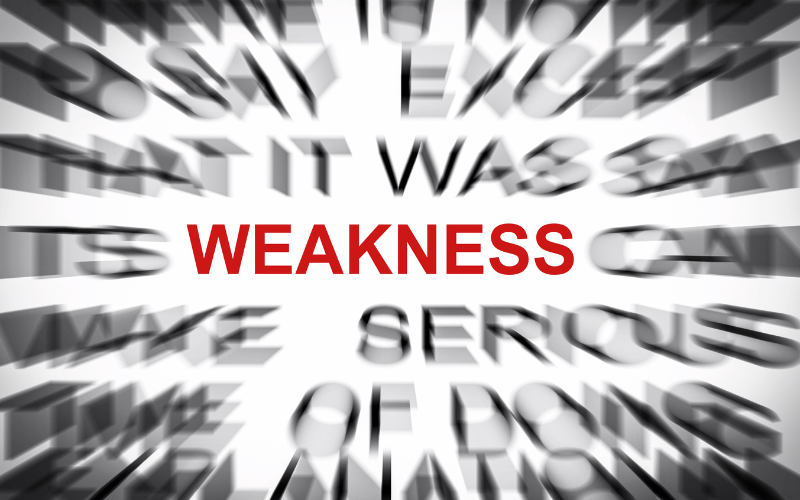Introduction

Multiple myeloma is a type of blood cancer that targets the bone marrow, with its early signs often going unnoticed or mistaken for less severe health issues. Detecting this disease in its initial stages is pivotal for implementing effective treatment and enhancing patient outcomes. This article will dive deep into the specific early indicators of multiple myeloma, providing clarity on what to look out for.
As a backdrop, it’s essential to grasp the fundamental nature of this disease. Multiple myeloma emerges from malignant plasma cells that accumulate in the bone marrow, subsequently overtaking the healthy cells. With the progression of this condition, it becomes increasingly challenging for the body to fight infections, form healthy blood cells, and maintain adequate bone density.
While the precise causes of multiple myeloma remain a subject of ongoing research, several risk factors, including age, genetic history, and prior radiation exposure, have been identified. As with any health concern, awareness is the cornerstone of prevention and timely intervention. Therefore, understanding these early signs can be the difference between swift treatment and prolonged complications.
Sign 1: Bone Pain and Weakness

One of the primary red flags for multiple myeloma is the discomfort that arises within the bones. Most patients find their back and ribs to be particularly affected. This isn’t your typical fleeting pain; it’s a deep, lingering ache that seems to throb from within. Physical activities, even those as mundane as bending or lifting, can exacerbate this pain, turning simple tasks into painful endeavors.
The root of this pain stems from the myeloma cells. These malignant cells trigger bone tissue destruction, leading to the release of excess calcium into the bloodstream. As the bones weaken from the loss of calcium, their structural integrity diminishes, making them more prone to fractures.
This heightened vulnerability means that minor accidents or falls can result in significant fractures. For many, this becomes a daunting reality, where everyday life is tread with caution. Additionally, it’s not just the pain or fractures that one should be wary of; the released calcium can lead to other complications, such as kidney issues or constipation.
To top it off, this sign, though one of the earliest, is often brushed off as a consequence of aging or other minor conditions. Such dismissal can delay diagnosis and treatment, emphasizing the need for awareness and prompt consultation. In conclusion, if you or a loved one experiences persistent bone pain, especially in the back and ribs, coupled with a noticeable weakness, it’s essential to seek medical guidance. (1)